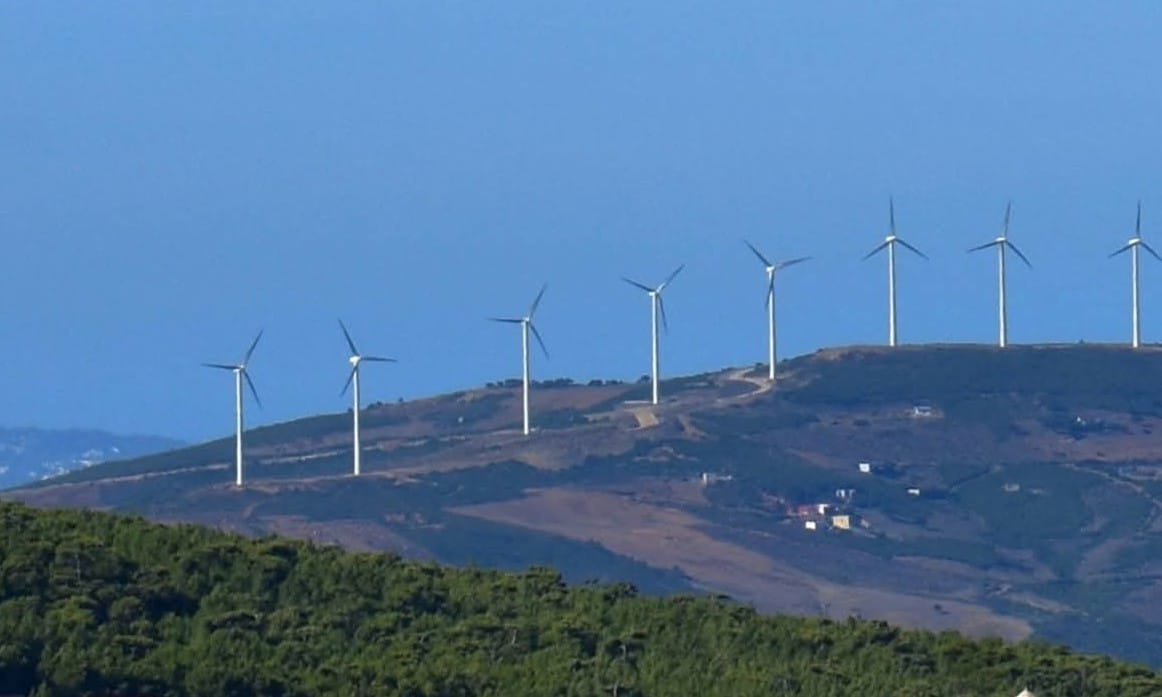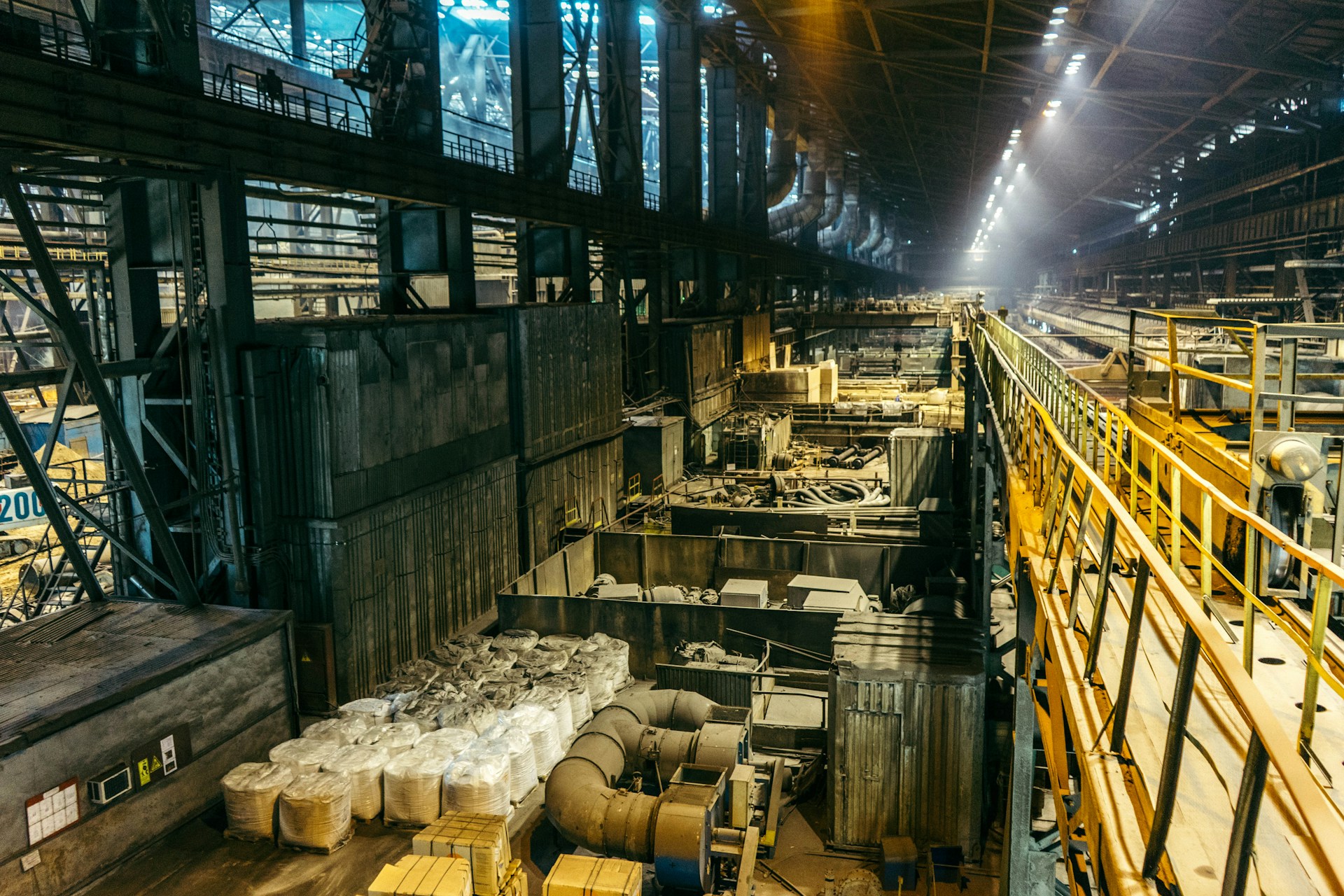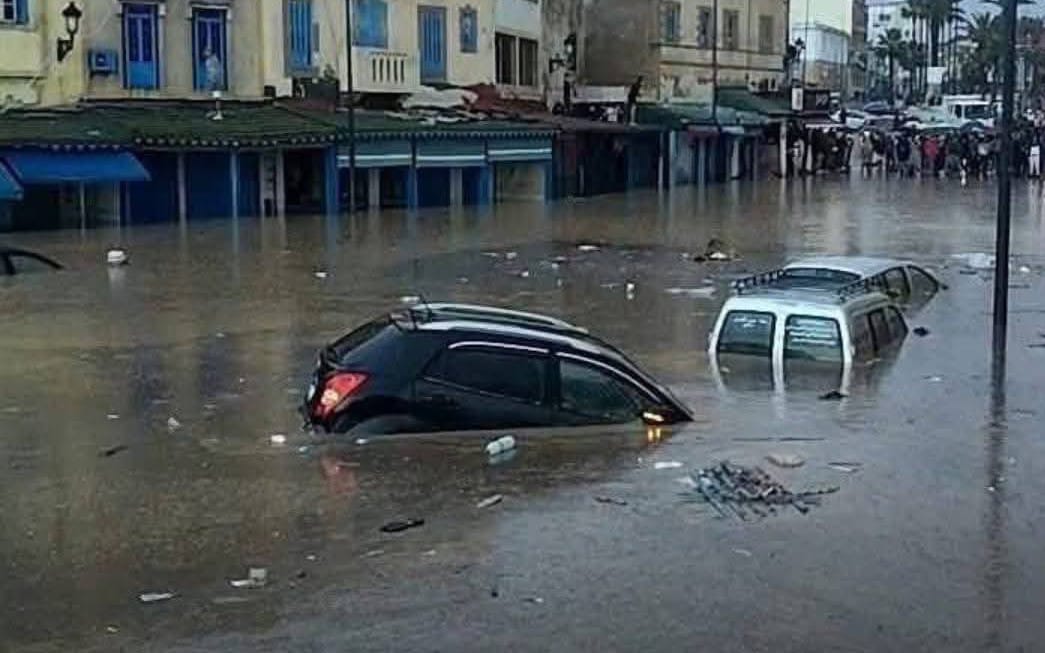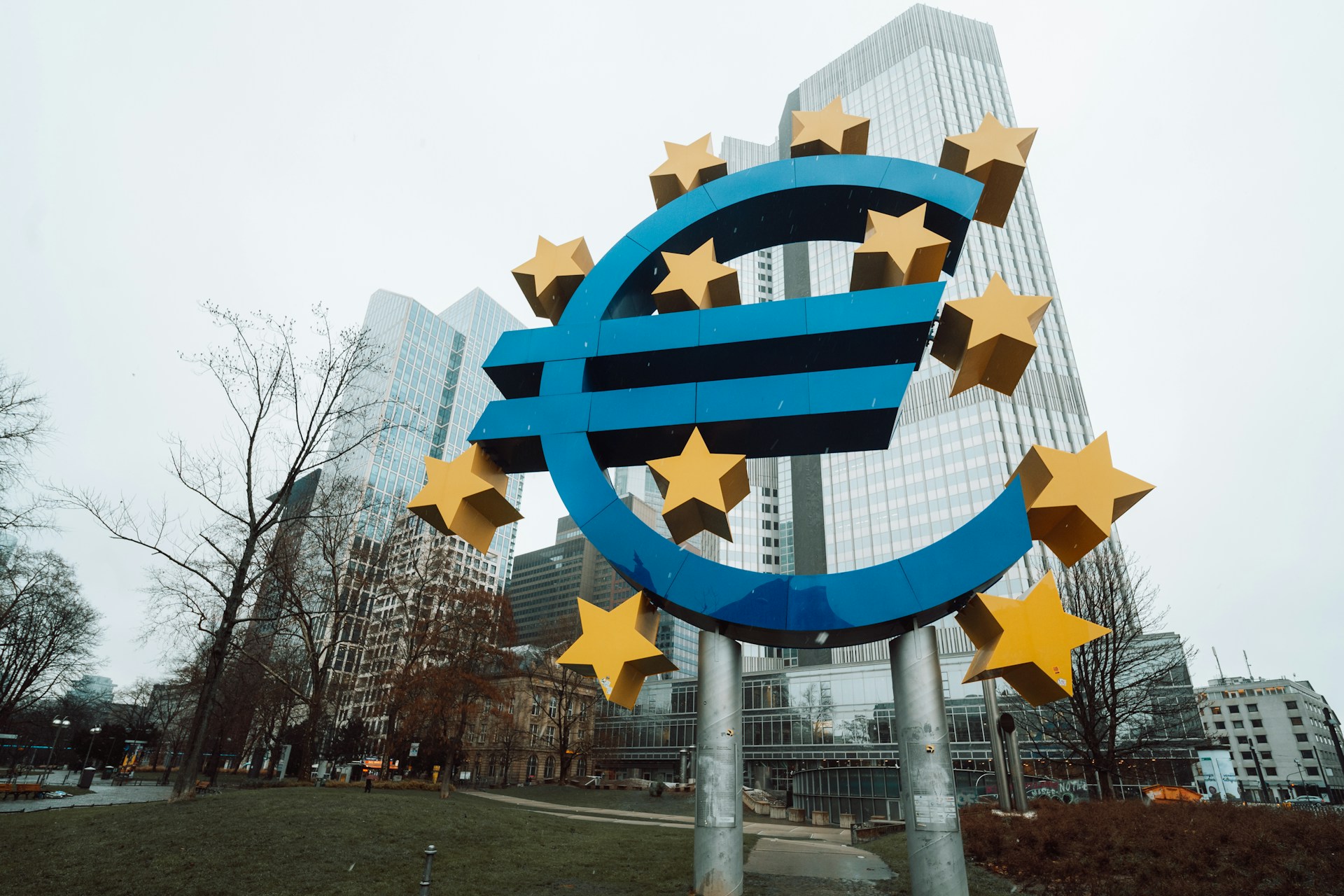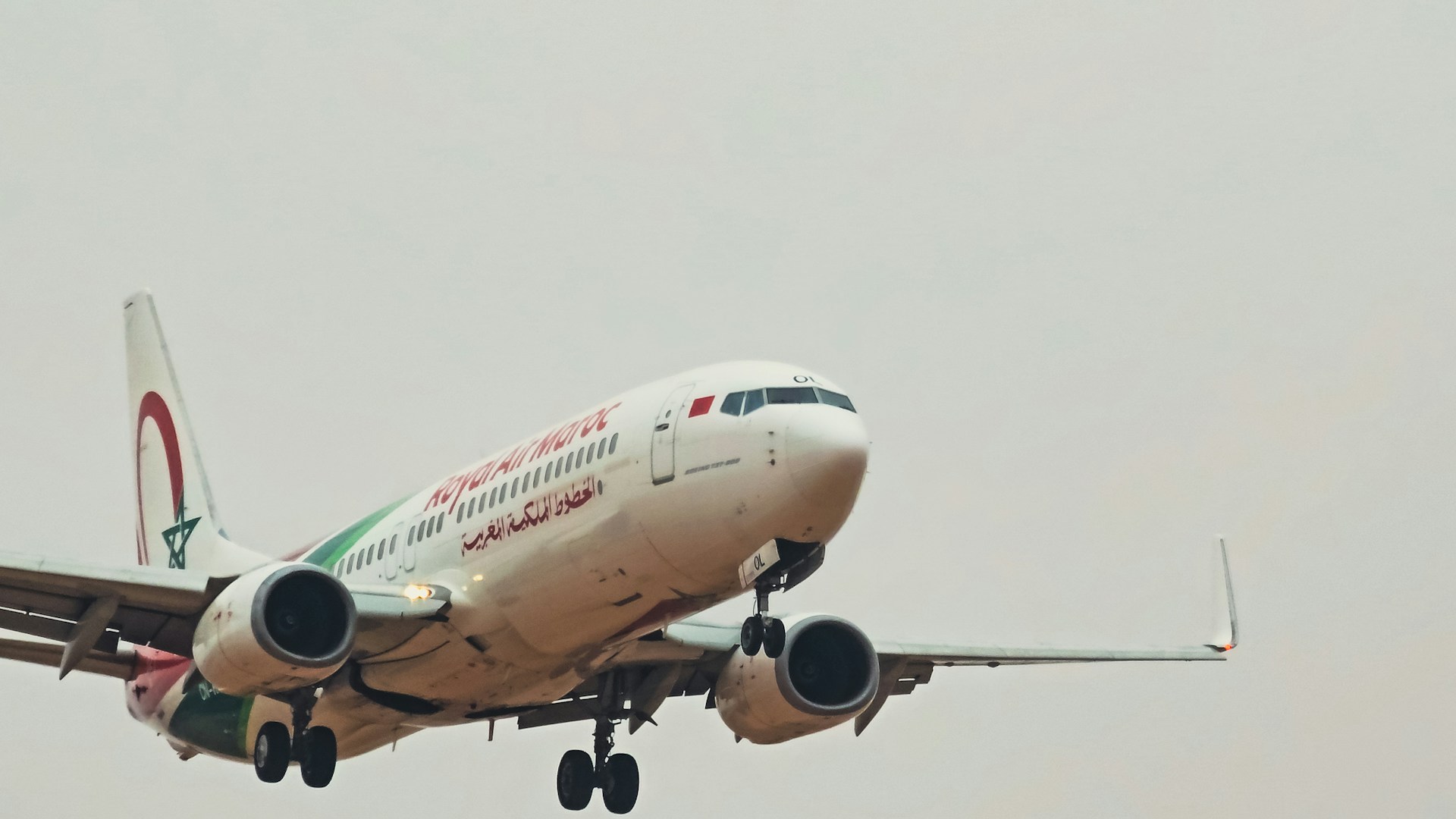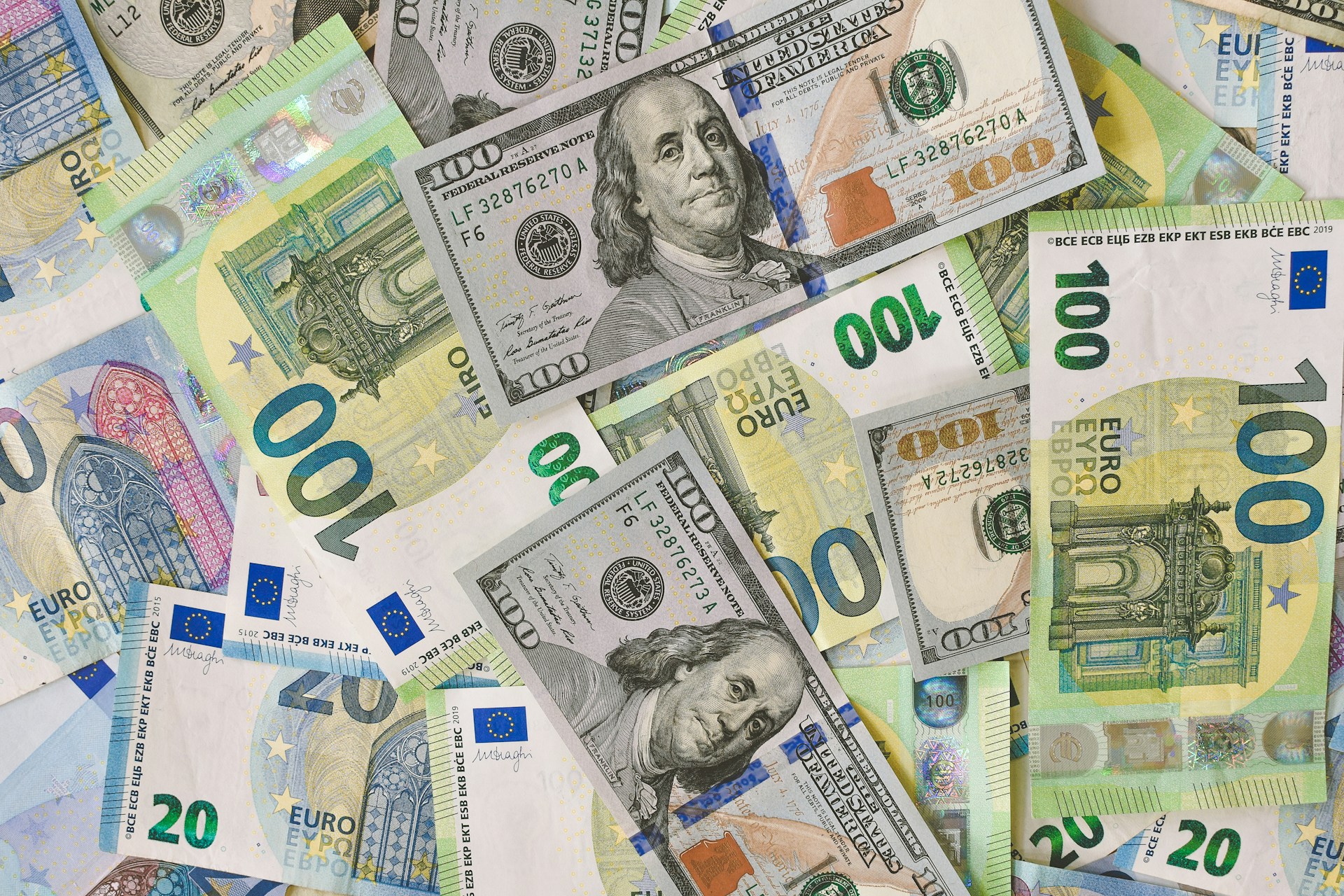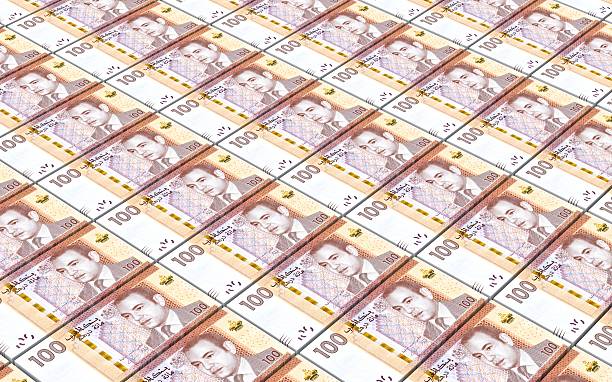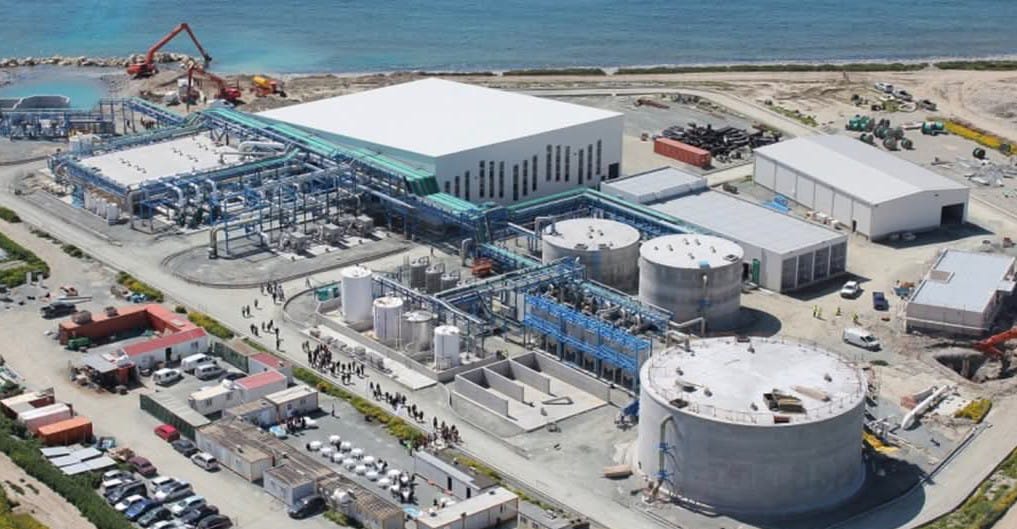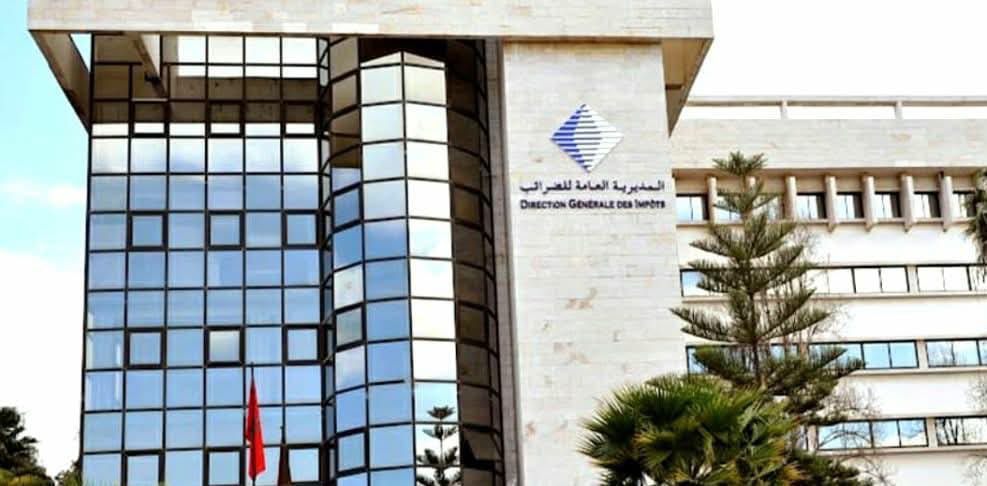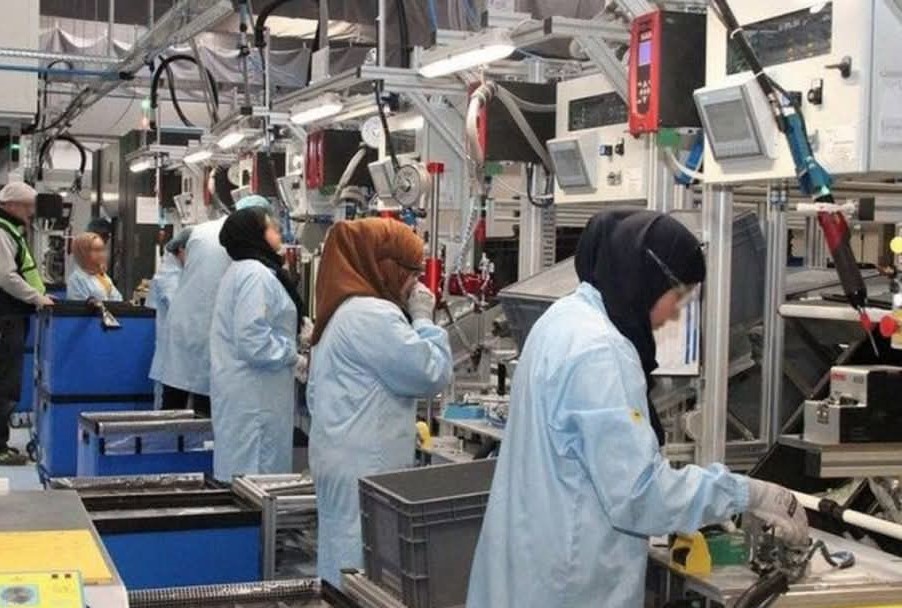Casablanca – Morocco faces growing challenges in managing its public debt, with projections indicating record-high debt levels surpassing pre-COVID-19 figures. According to the High Commission for Planning (HCP) and the International Monetary Fund (IMF), debt is expected to continue rising in the coming years despite signs of economic recovery. This situation underscores the need for strategic fiscal reforms to ensure sustainable debt management.
Debt trajectory and economic context
Public debt in Morocco has been on an upward trajectory since the onset of the COVID-19 pandemic. Treasury debt is projected to reach approximately 69.9% of GDP in 2025, maintaining the same level as in 2024. Overall public debt is expected to climb to 83.3% of GDP in 2025, up from 82.1% in 2023. This increase reflects Morocco’s reliance on both domestic and external borrowing to finance development projects and cover budget deficits.
Domestic debt, the primary component of treasury obligations, is forecasted to rise to 52.4% of GDP in 2025. Meanwhile, external debt is anticipated to stabilize around 17.5% of GDP in 2024 and 2025, marking an increase from pre-pandemic levels. Guaranteed external debt is also expected to grow, reaching approximately 13.4% of GDP during the same period, driven by the need to fund large-scale infrastructure and strategic projects.
IMF insights and policy recommendations
The IMF projects Morocco’s economy to grow by 3.2% in 2024, with growth accelerating to 3.9% in 2025, supported by a rebound in agricultural production and robust performance in non-agricultural sectors. Despite this positive outlook, the IMF has urged the Moroccan government to accelerate efforts to reduce public debt to pre-pandemic levels.
Key IMF recommendations include:
- Enhancing revenue generation: The IMF commended Morocco’s recent tax reforms, which have expanded the tax base and increased revenue beyond expectations for 2024. It recommends leveraging these gains to support fiscal consolidation.
- Rationalizing public spending: The IMF advises optimizing public expenditure and reducing transfers to state-owned enterprises as part of broader structural reforms.
- Monetary policy adjustments: While current inflation levels around 2% justify a neutral monetary stance, the IMF encourages Bank Al-Maghrib to prepare for an inflation-targeting framework to enhance monetary policy effectiveness.
- Labor market reforms: Addressing high unemployment, which reached 13.3% in 2024—the highest in 25 years—the IMF suggests targeted employment policies, particularly for workers displaced from the agricultural sector due to climate-related challenges.
Macroeconomic indicators and fiscal outlook
Bank Al-Maghrib’s decision to lower the key interest rate to 2.5% in December 2024 aims to stimulate economic activity by improving borrowing conditions. This move is expected to support investment growth, particularly in construction and equipment sectors.
Loan growth is projected to continue, with an estimated increase of 6.2% in 2025, following a 6.5% rise in 2024. Net loans to the central government are expected to grow by 6.9% in 2025, compared to 4.8% in 2024, indicating a stronger capacity to finance public expenditure.
Additionally, net foreign assets are forecasted to grow by 2.2% in 2025, following a significant 17% increase in 2024. This growth reflects improved foreign currency reserves, enhancing Morocco’s resilience against external economic shocks.
Morocco’s rising debt levels highlight the urgent need for comprehensive fiscal and structural reforms. By enhancing revenue collection, optimizing public spending, and adopting forward-looking monetary policies, Morocco can strengthen its fiscal resilience and ensure sustainable economic growth in the face of evolving global challenges.
